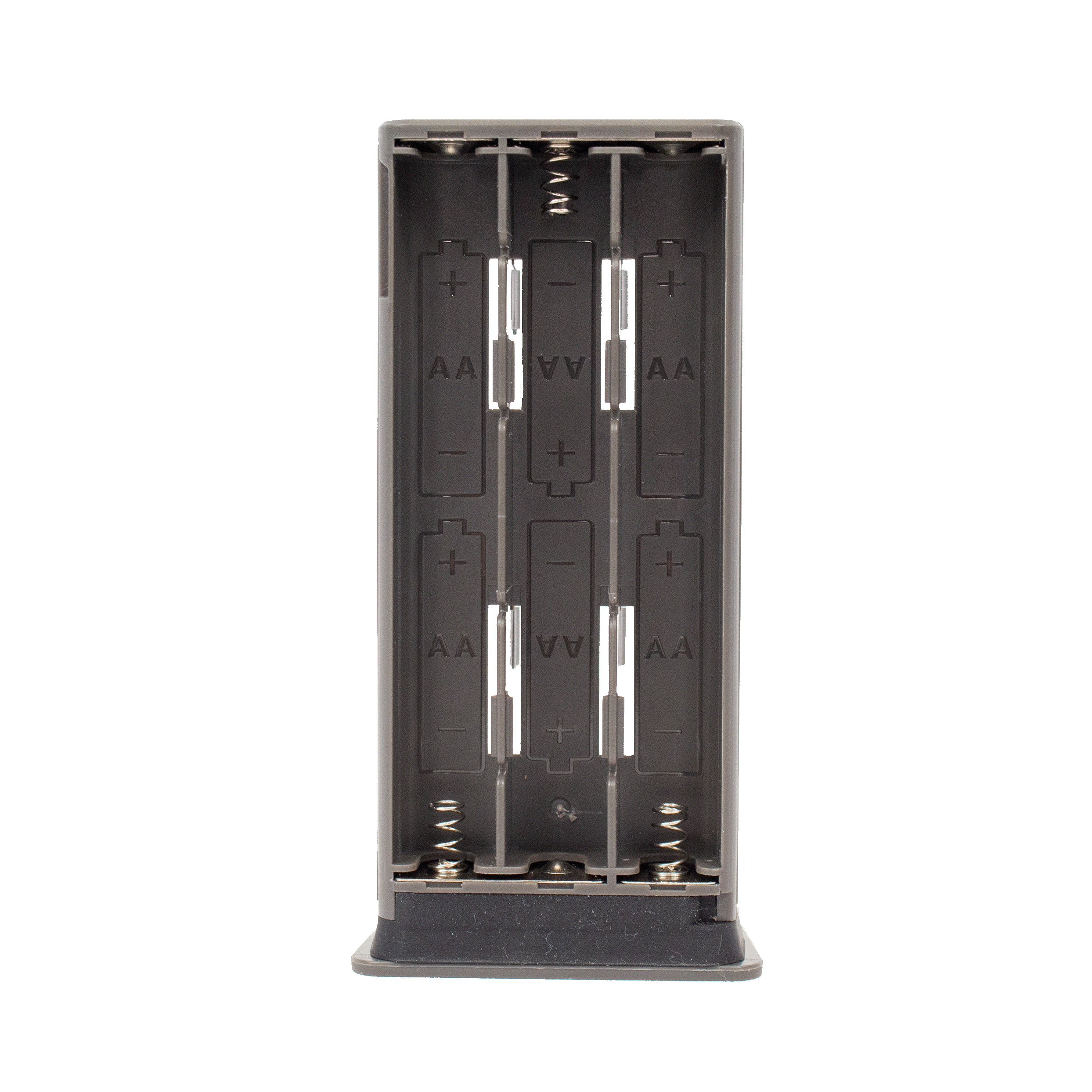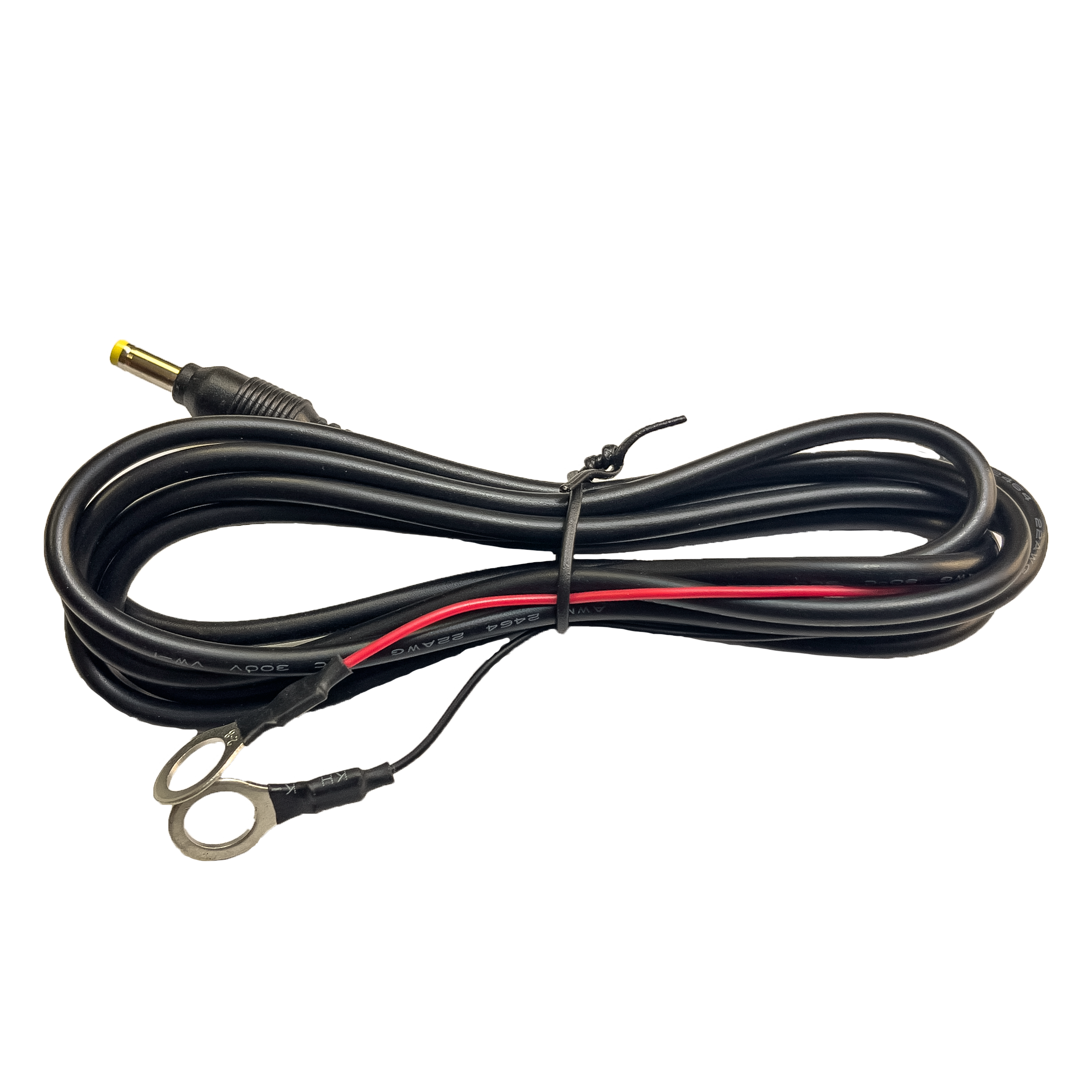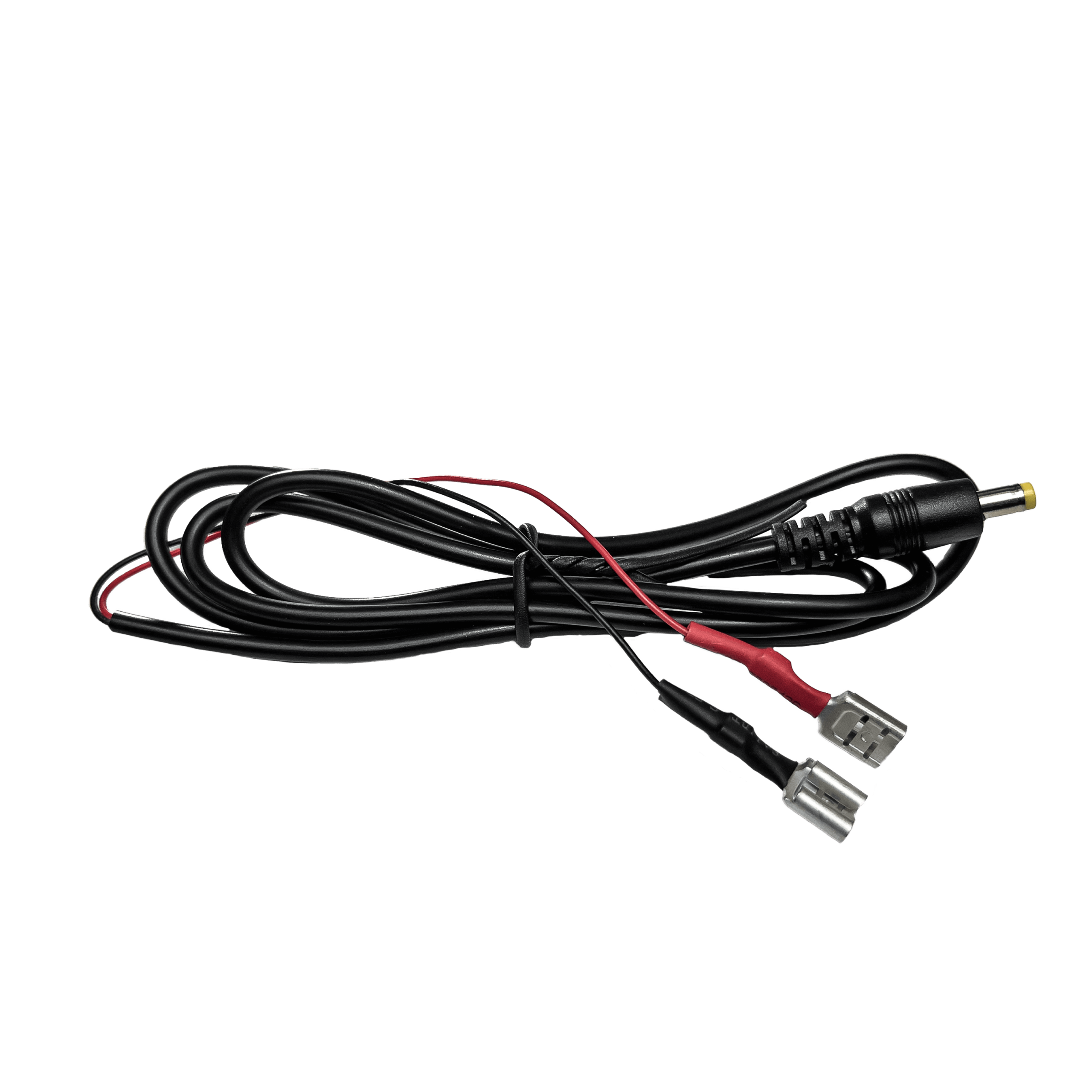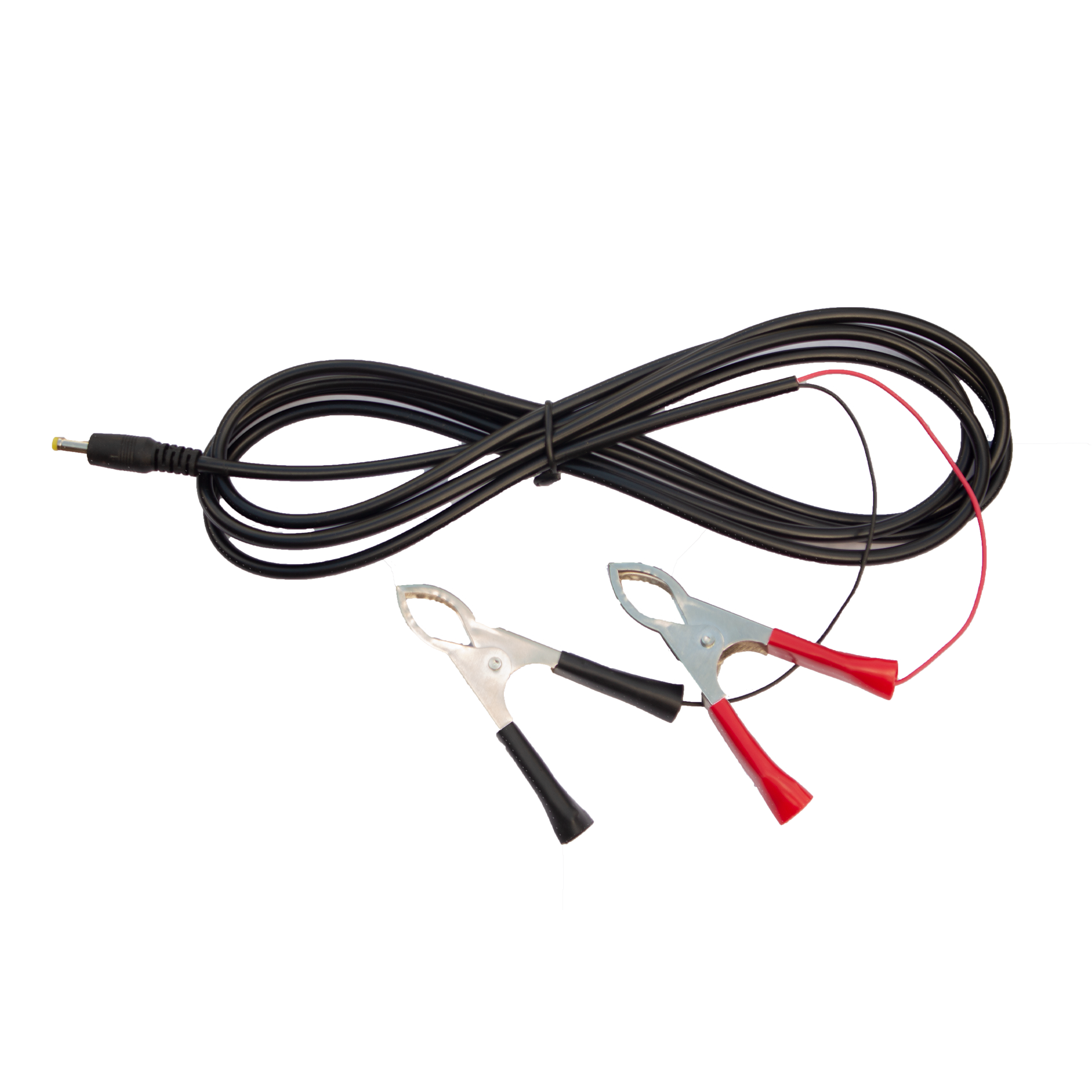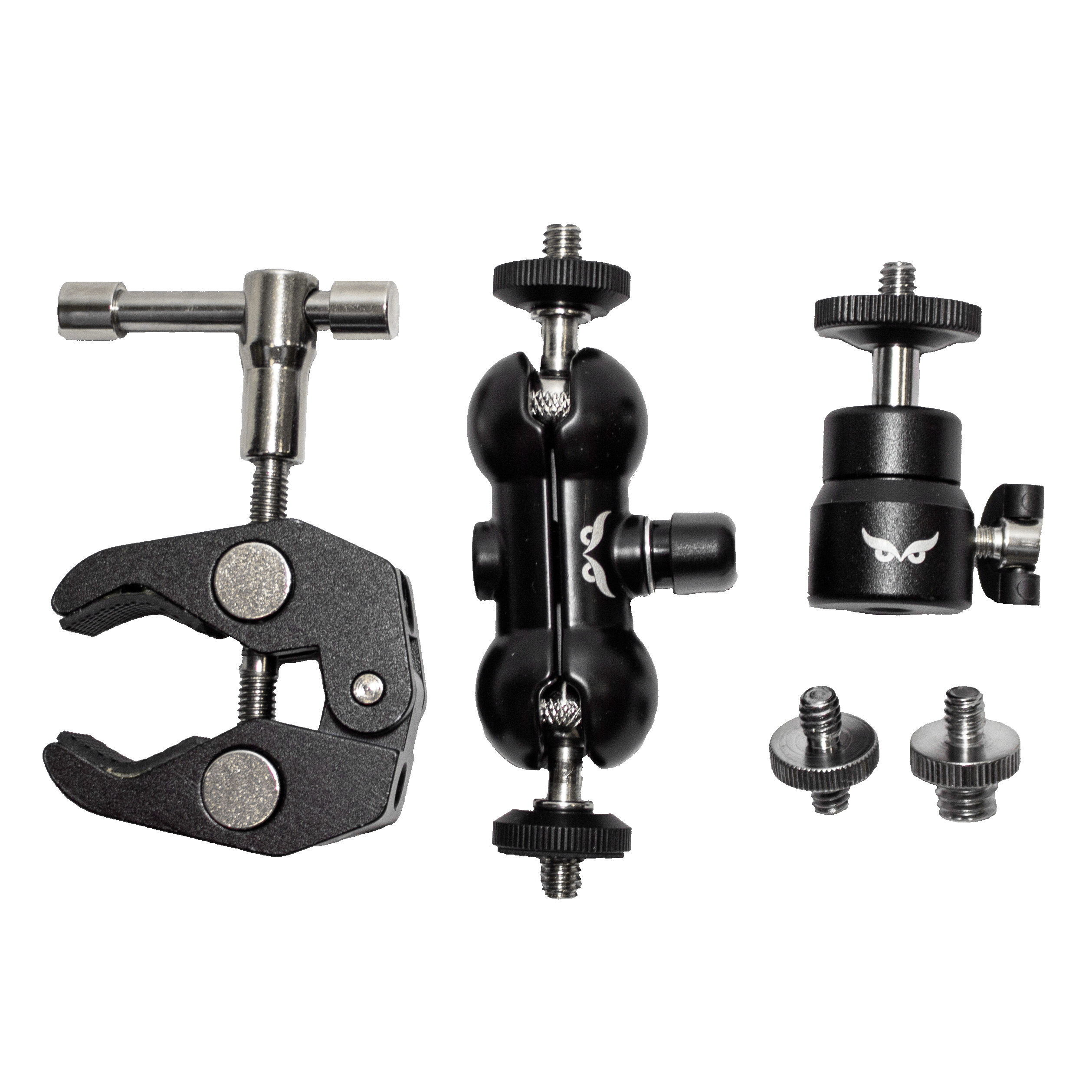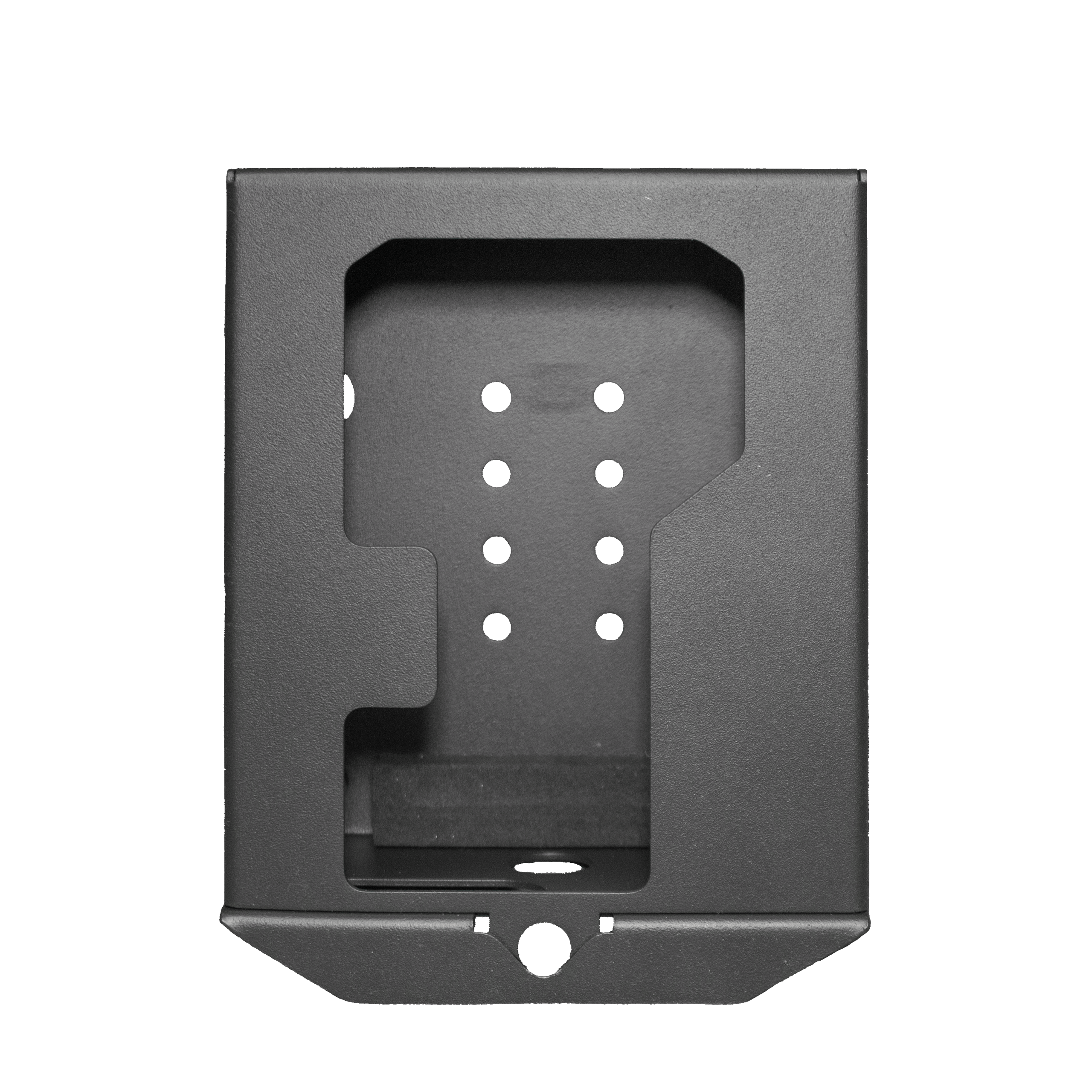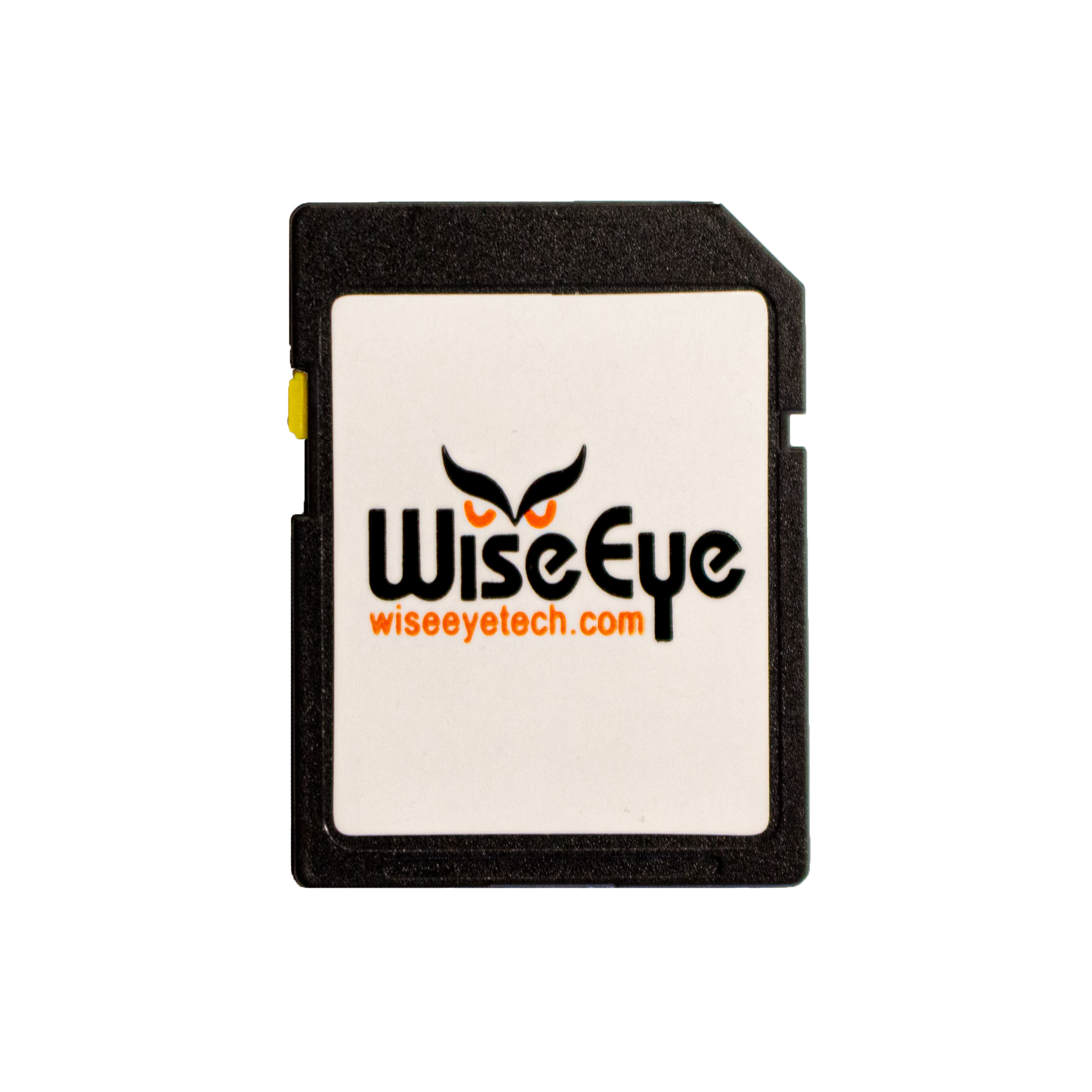Tips for Self Training the Place Command
One of the most useful commands a hunter can teach is the “place” cue, which sends your gun dog to a designated area no matter where he is in the field. Tips for teaching this command are described here.
What is the Purpose of Place?
The purpose of place is to have an area in the field that you know your dog will reliably go to when commanded. The beauty of place is that the designated area is transient – it can be anywhere in the field, truck, boat, house, etc. All that is required is a
portable item your dog will recognize, such as a blanket or a placemat. Anywhere your dog sees that item he will know that is his
place.
Training Place
Designate an Area
The first step during training is to designate an area. You can teach place anywhere, just make sure you always have a marker
that your dog will recognize. One example is a blanket on a Dog stand.
Call Dog to Area
Next, call your dog to the area and encourage him to stand on the item you set out. Once your dog is standing in the proper spot, ask him to sit. As your dog gets the hang of this drill, use the word “place” when you call your dog to the area.
Work from a Distance
One of the benefits of the place command is that your dog will stay there until you tell him otherwise. Therefore, it is very important for you to work from a distance and asking your dog to “stay” as you walk away.
Always Release
Never allow your dog to leave place without giving the okay. A dog that is not properly released will develop a tendency to creep.
Use a command such as “free” to signal to your dog to leave the area.
Practice, Practice, Practice
The key to your dog quickly understanding this command is to practice consistently. As your dog progresses, proof his skills by working in areas of high distraction, making him stay for a long duration, and sending him to place from a distance.
Everything Positive in Place
Another important component of training this command is that everything should be positive when your dog is in place. Provide plenty of positive praise when your dog correctly follows directions. Never punish your dog in place, or else he may not want to go to the area.
Troubleshooting
In the beginning, it may be difficult to get your dog to go to the correct area. If this happens, physically put your dog in the area, but reward him as soon as he gets there. If your dog struggles to sit and stay in place, keep practicing by returning your dog to the area every time he leaves.
End on a Positive Note
Finally, always end a training session on a positive note. Give your dog an extra treat or engage in a play session as soon as you are finished in order to help him make positive associations.
Author Bio:
Joe Scarpy – Joe is the founder of HuntEmUp.com, The Worldwide Sporting Dog Superstore and Owner of Bull Valley Retrievers, Northern Illinois Retriever Training, specializing in all-breed obedience and Retriever Field and Gun Dog work. Joe brings to the table years of training and hunting experience as well as knowledge of the latest hunting and training products on the market, to help you make your hunt and dog the best he can be.
At HuntEmUp.com, we know sporting dogs. From the time they’re a puppy, through their senior years, we’ll keep you informed on the latest news and information. For more information on Training, Preparing and Caring for your Dogs, read our Hunting and Sporting Dog blog.
Join Our HuntEmUp.com Customer Club Today!
Join Our Customer Club and be entered in our Monthly Giveaway and a chance to Win products and more!
Join for FREE Today – Click Below to Get Started!





